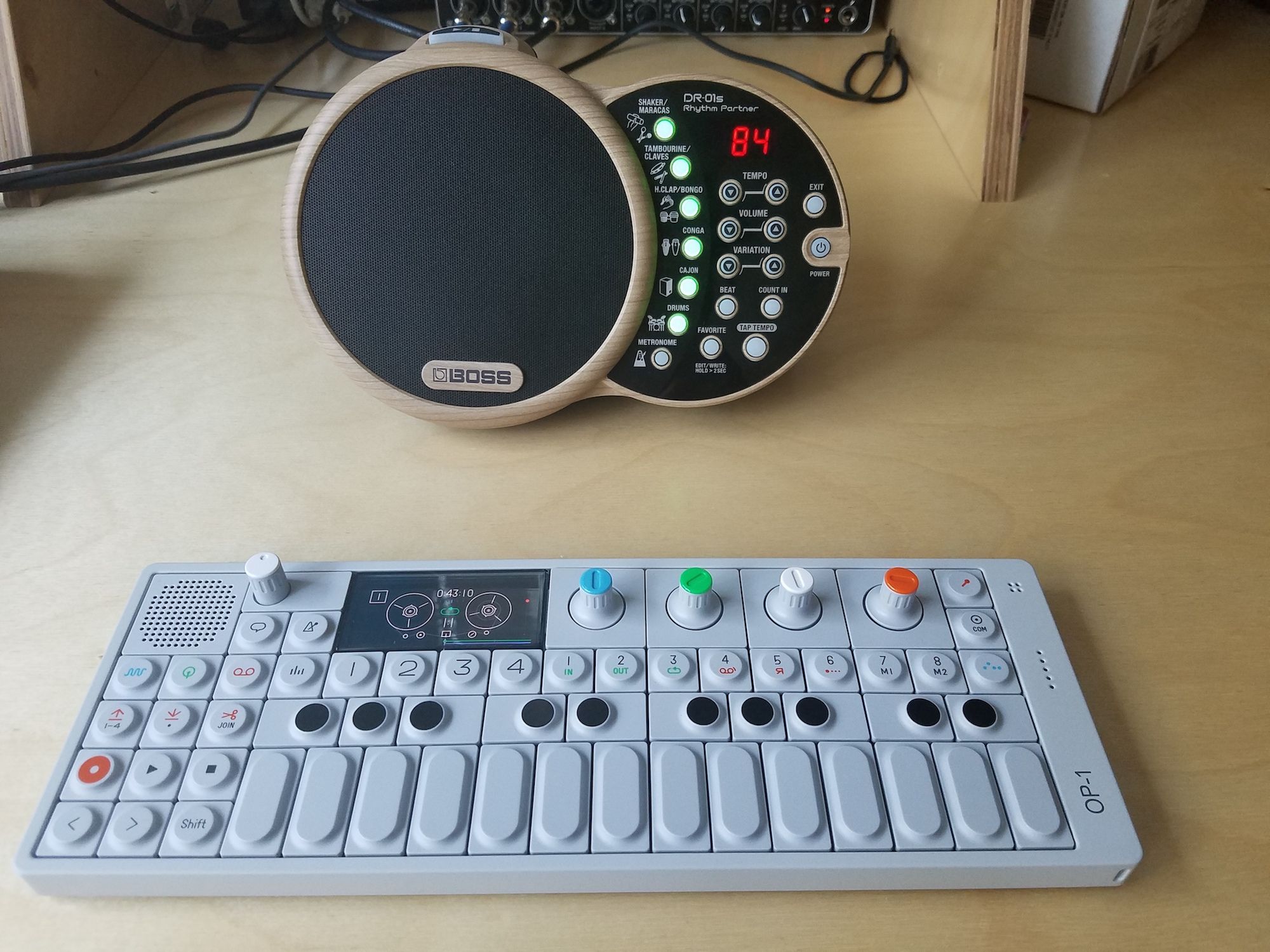
Later that year, Laboe returned to the Los Angeles airwaves on another station. “Without Art Laboe, I’m So Lonely I Could Cry,” wrote essayist Adam Vine. In 2015, iHeartMedia’s KHHT-FM dropped Laboe’s syndicated oldies show after the station abruptly switched to a hip-hop format sparking angry protests in Los Angeles. A permanent display of Laboe’s contributions resides in The Rock and Roll Hall of Fame Museum in Cleveland. Laboe maintained a strong following throughout the years and transformed into a promoter of aging rock ‘n’ roll acts who never faded from Mexican-American fans of oldies. Places such as the El Monte’s American Legion Stadium played much of the music Laboe aired on his radio show, giving birth to a new youth subculture. The scene that Laboe helped cultivate in California became of the nation’s most diverse.

When Elvis Presley came to Hollywood, Laboe was one of the few to get an interview with the new rockabilly star. Cars jammed Sunset Boulevard where Laboe broadcast his show, and advertisers jumped to get a piece of the action. By 1956, Laboe had an afternoon show and became the city’s top radio program. Teen listeners soon identified Laboe’s voice with the fledgling rock ‘n’ roll scene. He soon became one of the first DJs to play R&B and rock ‘n’ roll in California. “I got my own built-in research,” Laboe said. As a DJ for KXLA in Los Angeles, Laboe bought station time and hosted live overnight music shows from drive-ins where he would meet underground rockabilly and R&B musicians. He later returned to the Southern California area, but a radio station owner told the aspiring announcer he should work on becoming a “radio personality” instead. Eventually, he landed a job as a radio announcer at KSAN in San Francisco and adopted the name Art Laboe after a boss suggested he take the last name of a secretary to sound more American. He moved to California, attended Stanford University and served in the U.S. “And I haven’t let go since,” Laboe said. The voices and stories that came from it enveloped him. His sister sent him his first radio when he was 8 years old. For example, songs like Little Anthony & the Imperials’ “I’m on the Outside (Looking In)” and War’s “Don’t Let No One Get You Down” spoke of perseverance and a desire to be accepted.īorn Arthur Egnoian in Salt Lake City to an Armenian-American family, Laboe grew up during the Great Depression in a Mormon household run by a single mom. “And this tough, hard-nosed guy burst into tears.”Īnthony Macias, a University of California, Riverside ethnic studies professor, said the music Laboe played went with the dedications, enhancing the messages. “It was the first time he had heard his baby’s voice,” Laboe said. He often told a story about a woman who came by the studio so her toddler could tell her father, who was serving time for a violent crime, “Daddy, I love you.” “I don’t judge,” Laboe said in a 2018 interview with The Associated Press at his Palm Springs studio. It’s a role Laboe said he felt honored to play. California and Arizona inmates would send in their own dedications and ask Laboe for updates from family. His radio shows gave the families of incarcerated loved ones, in particular, a platform to speak to their relatives by dedicating songs and sending heartfelt messages and updates.

He later developed a strong following among Mexican Americans for hosting the syndicated “The Art Laboe Connection Show.” His baritone voice invited listeners to call in dedications and request a ’50s-era rock ‘n’ roll love ballad or a rhythm and blues tune from Alicia Keys. 1,” which stayed on the Billboard’s Top 100 chart for 183 weeks. and in 1958, released the compilation album “Oldies But Goodies: Vol. The DJ is also credited with popularizing the phrase “oldies, but goodies.” In 1957, he started Original Sound Record, Inc.

Laboe is credited with helping end segregation in Southern California by organizing live DJ shows at drive-in eateries that attracted white, Black and Latino listeners who danced to rock ‘n’ roll - and shocked an older generation still listening to Frank Sinatra and Big Band music.

His final show was produced last week and broadcast Sunday night.


 0 kommentar(er)
0 kommentar(er)
